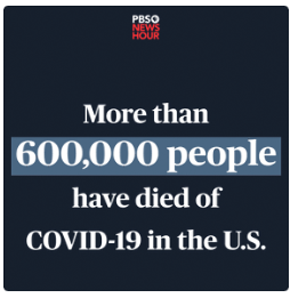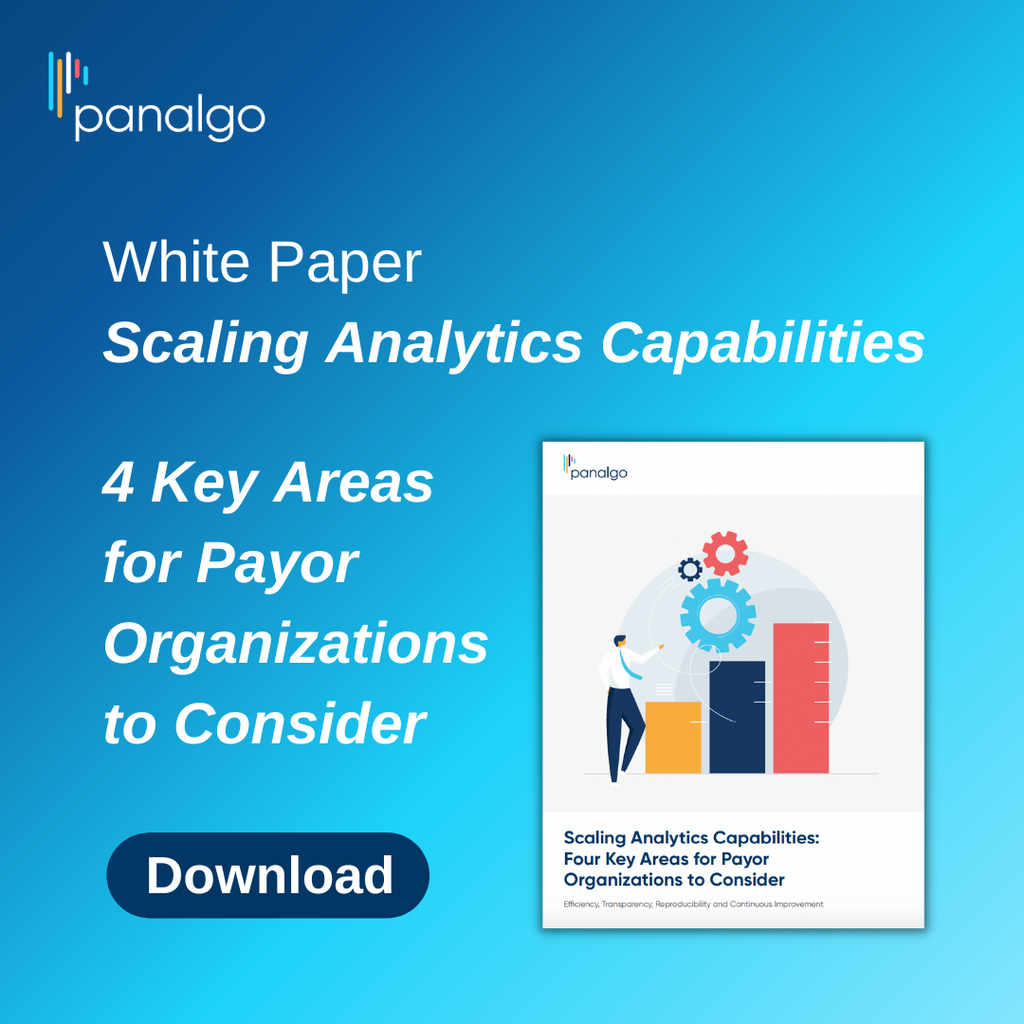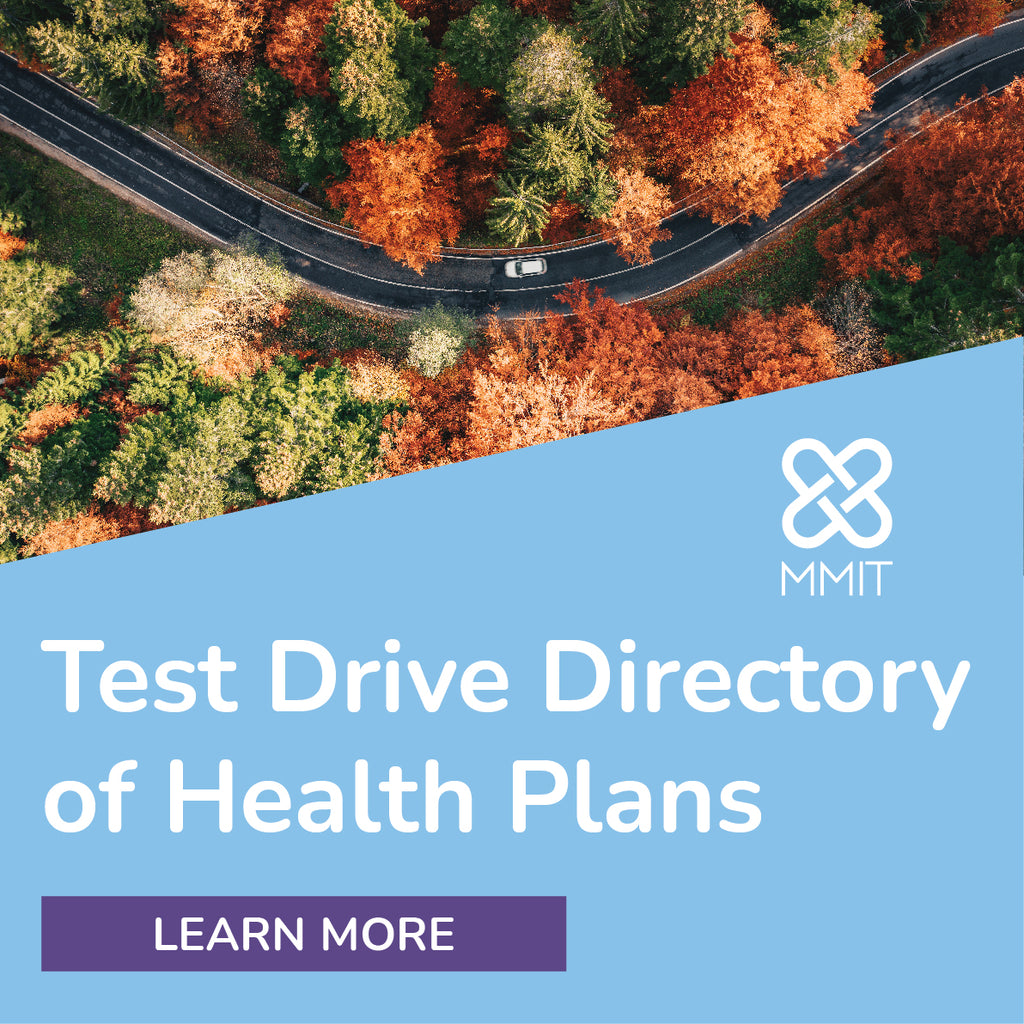Radar on Specialty Pharmacy
-
Budgets Propose Eliminating Interchangeability Status for Biosimilars
When then-President Barack Obama signed the Affordable Care Act (ACA) into law on March 23, 2010, he established the 351(k) biosimilar pathway via the Biologics Price Competition and Innovation Act (BPCIA), which amended the Public Health Service (PHS) Act. Since then, the FDA has approved almost 50 biosimilars, with nearly one fifth of those gaining interchangeable status. That distinction, however, has been increasingly under fire, most recently in President Biden’s fiscal year (FY) 2025 budget, which proposes eliminating the interchangeability designation entirely. That could help boost uptake of biosimilars, resulting in prescription drug savings, say some industry experts.
In contrast to the EU, whose European Medicines Agency (EMA) and the Heads of Medicines Agencies (HMA) clarified in September 2022 that all biosimilars approved in the EU are interchangeable, the FDA has created two levels of biosimilars: biosimilars and interchangeable biosimilars.

-
Final 2025 NBPP Addresses Copay Maximizers, Is Silent on Accumulators
While CMS has thus far declined to take action on companies using copayment accumulators, the agency is moving forward to prohibit the use of a similar type of program, it revealed in the final 2025 Notice of Benefit and Payment Parameters (NBPP). Still, the rule — at least at this point — applies only to certain plan sponsors, and it is unclear how manufacturer patient assistance ultimately will be treated.
Several years ago, health plans and PBMs began implementing copay accumulators to counter manufacturer copay assistance programs. A next-generation version of these tools known as copay maximizers soon followed.
Before these tools, manufacturer assistance would count toward beneficiaries’ annual out-of-pocket expenses. When those out-of-pocket maximums were reached, health plans would cover the remainder of members’ costs for the year.

-
CarelonRx Gains Scale, Limited-Distribution Contracts Via Kroger Specialty Pharmacy
The Kroger Company recently revealed that it had entered into a definitive agreement to sell Kroger Specialty Pharmacy to CarelonRx, a subsidiary of Elevance Health, Inc, formerly known as Anthem, Inc. The deal, say industry experts, allows Kroger to focus on retail pharmacy while bringing scale and coveted limited-distribution contracts to CarelonRx as it seeks to establish a stronger footing within the specialty space.
Unveiled March 18, the deal is expected to close in the second half of this year. It does not include Kroger’s in-store retail pharmacies and The Little Clinics. CarelonRx, formerly known as IngenioRx, operates within Carelon, Elevance’s health care services brand that serves one in three people across 50 states.

-
New FDA Approvals: FDA Approves BeiGene’s Tevimbra
March 13: The FDA approved BeiGene, Ltd.’s Tevimbra (tislelizumab-jsgr) for the treatment of adults with unresectable or metastatic esophageal squamous cell carcinoma after prior systemic chemotherapy that did not include a programmed death receptor-1 (PD-1)/programmed death-ligand 1 (PD-L1) inhibitor. Recommended dosing for the PD-1 inhibitor is 200 mg via intravenous infusion once every three weeks. The initial dose is administered over 60 minutes; if it is tolerated, subsequent doses can be administered over 30 minutes. The drug will be available in the second half of 2024.
March 13: The FDA gave an additional indication to Mirum Pharmaceuticals, Inc.’s Livmarli (maralixibat) for the treatment of cholestatic pruritus in people at least 5 years old with progressive familial intrahepatic cholestasis (PFIC). The agency first approved the ileal bile acid transporter inhibitor on Sept. 29, 2021. The new indication has orphan drug designation, as well as breakthrough therapy designation for PFIC type 2. The starting dose for the newest use of the oral solution is 285 mcg/kg once daily in the morning, increasing to 285 mcg/kg twice daily, then 428 mcg/kg twice daily and then 570 mcg/kg twice daily. Drugs.com lists the price of 9.5 mg/mL for 30 milliliters is more than $56,239.

-
News Briefs: Amylyx Is Withdrawing ALS Drug Relyvrio in U.S., Canada
Amylyx Pharmaceuticals, Inc. said on April 4 that it was voluntarily discontinuing the marketing authorization for Relyvrio (sodium phenylbutyrate and taurursodiol) in the U.S. and in Canada, where it is known as Albrioza. As part of a restructuring, the company also is laying off about 70% of its workforce. The FDA approved the agent for the treatment of amyotrophic lateral sclerosis (ALS) on Sept. 29, 2022, based on data from a Phase II trial involving 137 people. But on March 8, the company revealed that its Phase III PHOENIX trial did not meet the prespecified primary or secondary endpoints. Prior to the drug’s approval, the FDA’s Peripheral and Central Nervous System Drugs Advisory committee found that the study did not provide substantial evidence that the therapy was effective, but during a second meeting in September reversed course in favor of approval. At the time of Relyvrio’s approval, Amylyx co-founder and co-CEO Justin Klee declared that “if the PHOENIX trial is not successful, we will do what's right for patients, which includes taking the drug voluntarily off the market.” The company will not allow any new prescriptions for the drug, but it will transition current patients who wish to remain on treatment with Relyvrio to a free drug program. Amylyx will present topline data from the PHOENIX trial at the American Academy of Neurology Annual Meeting in Denver on April 16.











